Best Timing for Storm Restorations
Storm restorations are most effective when performed promptly after a storm event, but timing can vary based on seasonal weather patterns and regional climate conditions. The optimal window typically falls during late spring through early fall, when storms are more frequent in the Chicago area. Addressing storm damage early minimizes further deterioration and prevents secondary issues such as mold or structural weakening.
Conducting inspections immediately after a storm ensures damage is identified early, allowing for timely restoration work that prevents further issues.
Spring and summer months tend to have higher storm activity, making this the best period for storm restorations in Chicago.
Dry weather following storms is ideal for restoration work, providing safe conditions for contractors and ensuring quality repairs.
Pre-storm preparations can include reinforcing vulnerable areas, which can reduce damage severity and facilitate quicker restoration after storms.
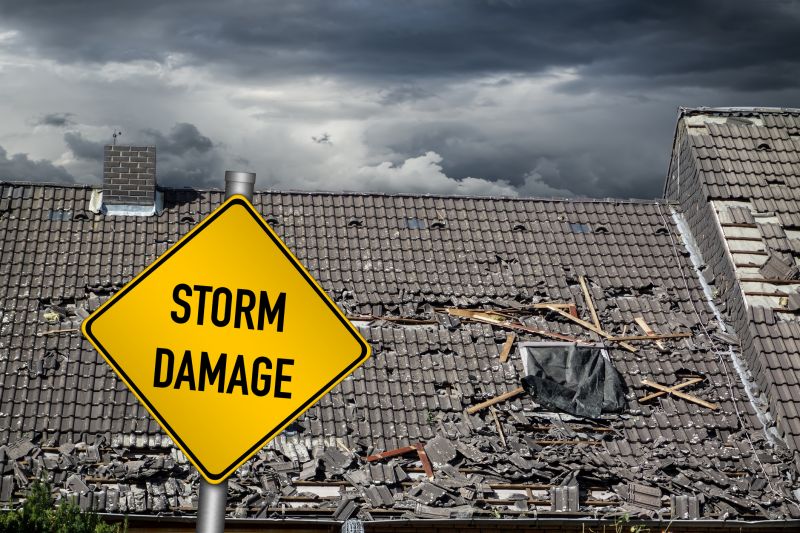
Image depicting a professional inspecting roof damage after a storm.

Photo showing temporary fixes to protect property from further damage.
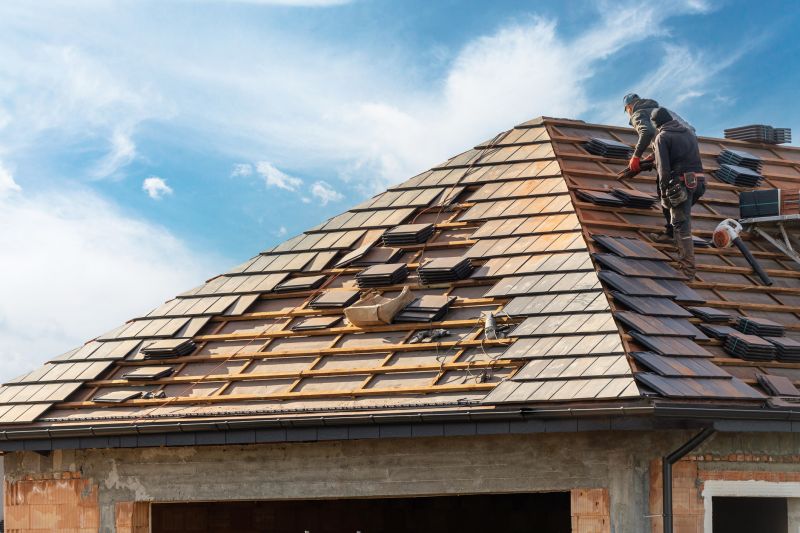
Image of restoration crews repairing a damaged roof following a storm.

Ways to make Storm Restorations work in tight or awkward layouts.

Popular materials for Storm Restorations and why they hold up over time.

Simple add-ons that improve Storm Restorations without blowing the budget.
| Season | Advantages |
|---|---|
| Spring | High storm activity, early damage response |
| Summer | Peak storm season, warmer weather facilitates repairs |
| Fall | Reduced storm frequency, ideal for final restoration efforts |
Storm restorations involve assessing damage caused by severe weather, including high winds, hail, and heavy rain. These events can compromise roofing, siding, windows, and other structural elements. Prompt action minimizes long-term damage and helps maintain the integrity of the property. Restoration processes typically include debris removal, structural repairs, and weatherproofing to prevent future issues.
Statistics indicate that addressing storm damage within the first two weeks reduces repair costs significantly and decreases the risk of secondary problems. In Chicago, storm activity peaks during late spring and summer, making timely intervention crucial for property preservation.
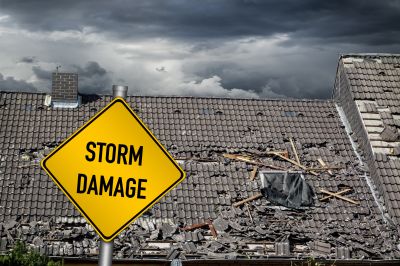
Photo of roof with hail damage.
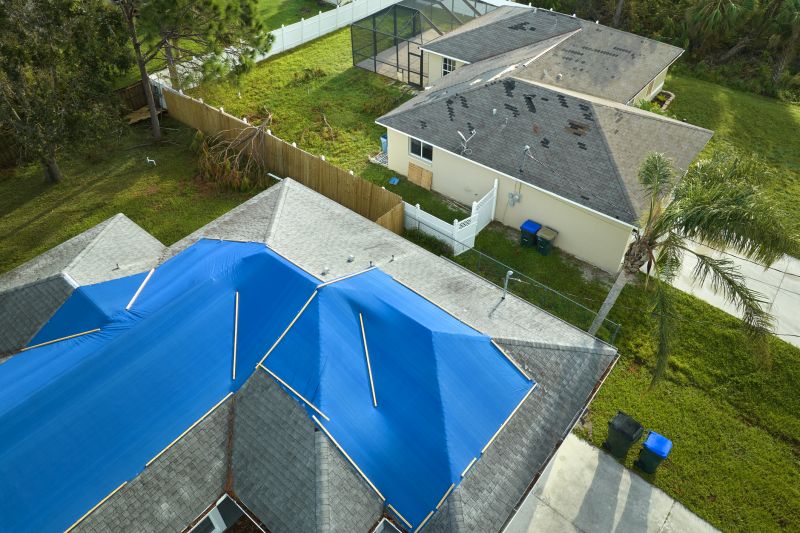
Image showing protective tarp on a damaged roof.
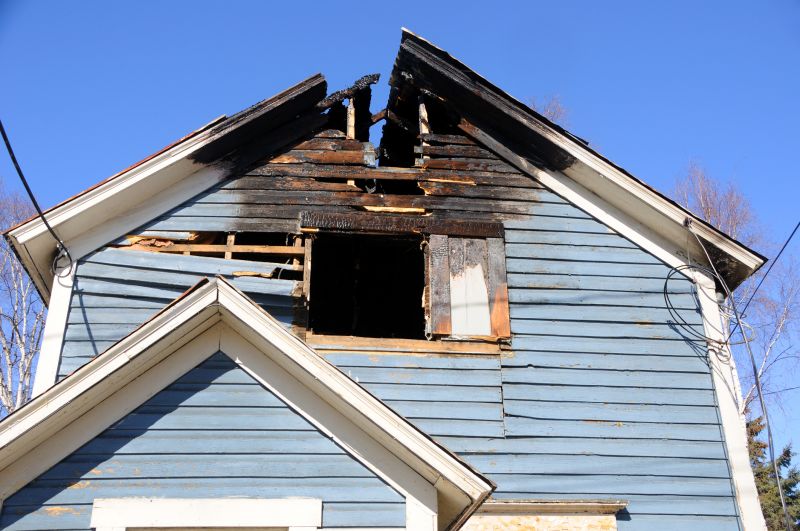
Construction crew repairing siding after storm damage.
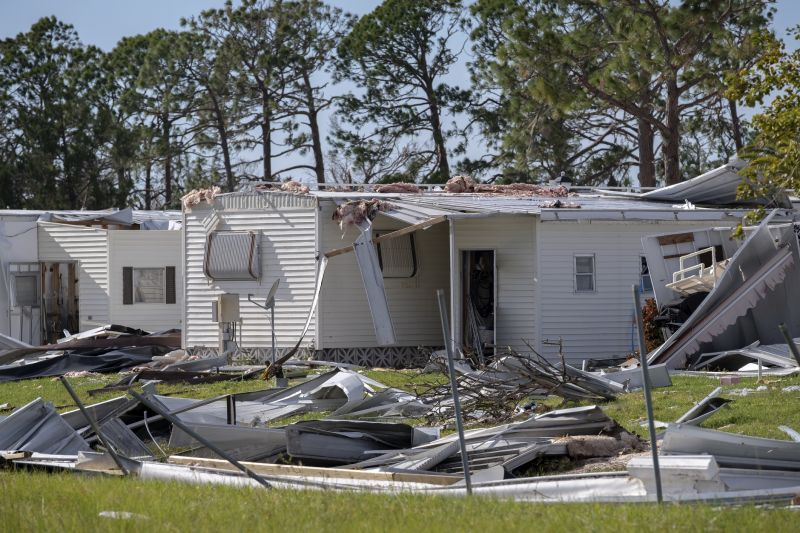
Completed repair work on a residential property.

High-end options that actually feel worth it for Storm Restorations.
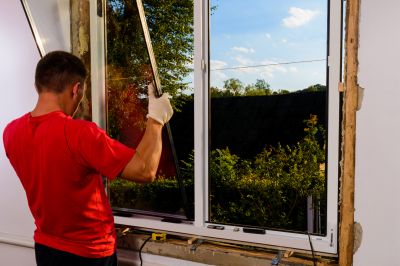
Finishes and colors that play nicely with Storm Restorations.
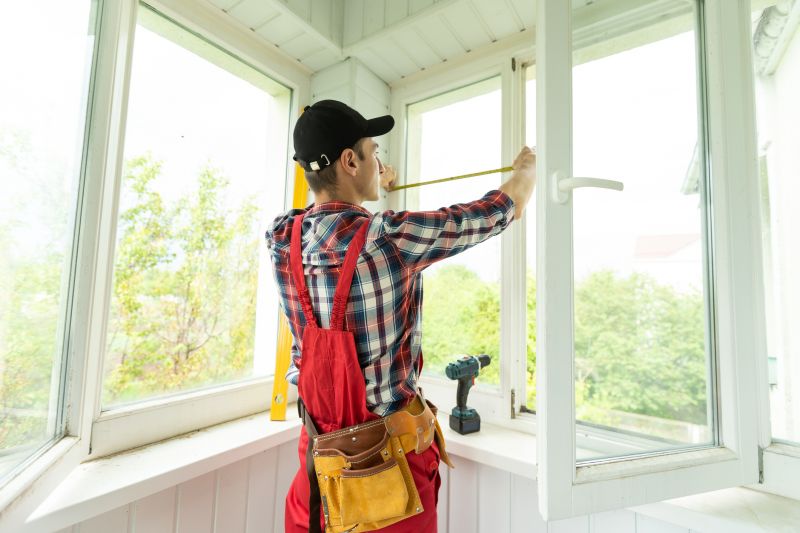
Little measurements that prevent headaches on Storm Restorations day.

A 60-second routine that keeps Storm Restorations looking new.
Interested property owners are encouraged to contact for more information about storm restoration services. Prompt response to storm damage can help preserve property value and prevent further deterioration.

